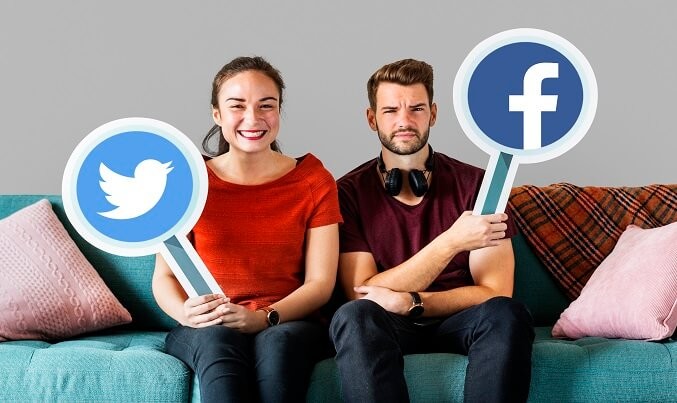For NGOs, the use of social media can give them visibility through a wide reach of audiences. This is essential for NGOs as it allows them to connect NGOs to a variety of networks such as corporate funding for NGOs, philanthropic organizations, NGO funding agencies, and more. Through the proper use of social media pages, NGOs will give them opportunities to network effectively.
Social media sites are becoming more and more similar to keep up with competition. As many users have noticed, people can now use hashtags on all social media platforms whereas it used to be exclusively used on Twitter. Similarly, Snapchat also used to be the go-to app when it comes to sharing stories. But recently, Instagram has come up with an update where people can share their stories through the app as well. Because of this innovation, a number of people have stopped using Snapchat and opted for Instagram instead. With social media sites like Facebook and Twitter gaining more and more features, some organizations like NGOs may wonder what the proper usage is for Facebook and Twitter.
-
Twitter is for everyday updates
Although it’s not so bad to post updates on Facebook every day, Twitter is the type of platform more known for this type of update. In fact, people even tweet more than once in a day to update their followers about what they do. The #NowHappening hashtag is quite known to take place during events.
-
Facebook allows you to share albums
Twitter is a place where people can tweet about highlights of a particular event or development in the organization while on Facebook, they could describe the entire event. For instance, if you want a detailed description of the events that took place during a particular event or a particular person’s narrative, Facebook will be the ideal place to do it. Unlike Facebook, Twitter has a 240 character limit which is sufficient for highlighting a particular idea. Additionally, Twitter only allows you to share up to 4 photos per tweet.
-
Facebook Live
Recently, since Instagram has added the feature of allowing users to share stories, Facebook has joined in. In fact, Facebook could also be synced to Instagram and share the same stories. With this additional feature Facebook has, it can be a venue where fundraising events or ribbon-cutting ceremonies for newly established sites can be featured live. After which, these videos can then be featured on one’s Facebook timeline while snapshots of the event can be shared on Twitter.
If it were a conference you are attending, Twitter can be the perfect venue to share a few relevant phrases or sentences which the speaker shares with their audience.
Among all social media accounts, Facebook has the widest reach of audience from different organizations and sectors. Thus, there would be no point of still starting up a Twitter account if you are to make it look exactly like your Facebook account. Tendency is, interested parties will only like your Facebook page and not even bother following your Twitter account. In fact, they might even consider hitting either the mute or unfollow button for the fact that they may not necessarily enjoy seeing a post or update over and over again. Being on multiple social media accounts allows NGOs not only to reach out to more people from different sectors, it also gives people something to talk about which will evidently grasp the attention of other organizations.
Ultimately, Facebook and Twitter are both useful in terms of acquiring partnerships and even donations from various individuals and organizations. Thus, they co-exist with different features and target markets. As NGOs, to get the most out of these platforms who offer great benefits, one must know when and how to use them. If not, many good opportunities social media marketing can just go to waste.











